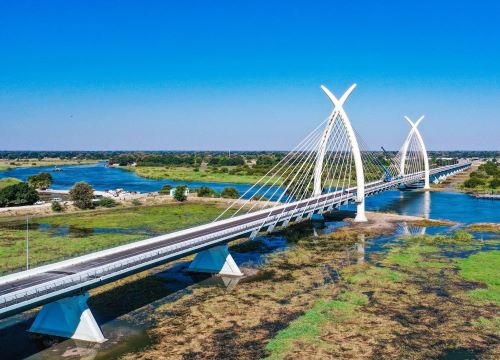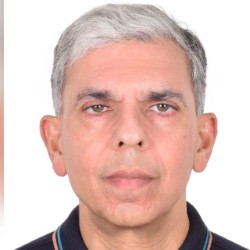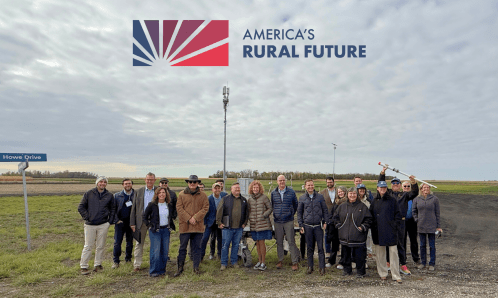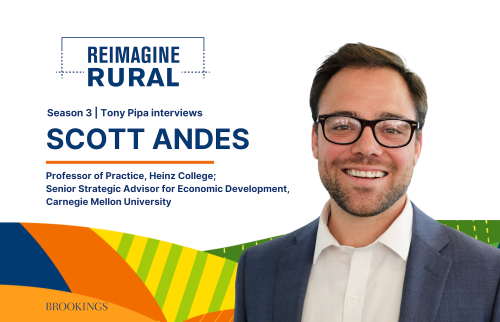When the Chief Minister of India’s Kerala state, Pinarayi Vijayan, said on November 1, 2025, that the state had eliminated extreme poverty, it surprised many. The announcement coincided with another in the U.S., where a prolonged government shutdown left one in eight—or 42 million Americans—at risk of going hungry without food stamps. Did a state with a per capita income of less than a twentieth of the U.S. achieve this? And if so, how—and with what implications?
Recognizing valid and important issues of definition and measurement, the key message is that a lower-middle-income economy with modest growth has virtually eliminated severe destitution at this point. It accomplished this by economic expansion combined with education, health, and distribution over many years, in addition to safety nets with targeted interventions, community participation, and monitoring. Of special note is going the last mile to ensure that the most vulnerable are not left out—something very few countries are willing or able to do.
This experience has takeaways for poverty alleviation even in settings that lack high growth rates.
Eliminating extreme poverty
When addressing the ‘if’, definitions become critical. It is extreme deprivation that is being referred to here. It would be a different story if the income poverty thresholds of rich countries were used. While purchasing power parity (PPP) adjustments can account for some of the differences, measures of income poverty ignore publicly provided services, which make all the difference in the Kerala context.
There is also a valid debate over what it means to eradicate poverty. Some researchers have questioned the claim on the basis that some of the very poor have been overlooked, or that their true plight has been underestimated. This is likely so, but the argument sometimes borders on semantics.
NITI Aayog (India’s “Policy Commission”) uses a National Multidimensional Poverty Index (MPI), which considers deprivations in health, education, and income. It found that Kerala had the lowest, by far, MPI of 0.55% of the population (for 2019-21). It is likely that some 187,000 people (that is, 0.55% of 34 million) were extremely poor by this definition. (For a sense of how MPI and the World Bank’s $3 PPP a day definition compare, the World Bank figure for India in 2022-23 is 5.3% compared to MPI for India in 2019-21 of 15.0%). With the MPI-based target, the program has included 103,099 of the poorest, so far.
The effort
Where the Kerala model is distinctive is in the mechanics. There were ground-level efforts to include the excluded, through surveys of basic needs. This proactivity in reaching the otherwise invisible and voiceless stands in contrast to many contexts that fail to identify the extremely poor, let alone reach them.
In this endeavor, the Athidaridrya Nirmarjana project was instituted to identify and uplift those outside the support system within five years. Multiple tests refined deprivation, and rights documents like the Aadhar and ration cards formalized the list of beneficiaries. The provision of essential food and medical care was the top priority. There was extensive community participation, led by local governments and supported by community extension workers like the ASHA and Kudumbashree, and field-level validation.
A good starting point helps. When it comes to education, health, and consumption, Kerala has had a more egalitarian distribution than most. Although distribution has worsened lately, Kerala’s consumption Gini coefficient in the 0.30s compares with over 0.4 in comparator economies in terms of average incomes (such as Morocco, Nicaragua, or the Philippines). That is, the bottom 50% of the population has a higher share of consumption in Kerala compared to them. A relatively favorable distribution of social markers helps in eliminating extreme poverty.
Implications
The essence of eradicating extreme poverty lies in it being sustainable. It is not a one-shot operation. Sustainability requires that the protected be eventually weaned off the support program. Furthermore, large numbers are near poor, hovering just above the poverty line, and any economic or environmental shock could push them below it for prolonged periods. Therefore, active monitoring with community participation and rapid-response mechanisms need to be in place.
Kerala has the highest life expectancy in India at 75 years, less than a decade below Japan and Singapore. The success in longevity also brings problems of the aged, calling for safety nets to cover not only income but also aged care, mental health, and loneliness. This requires both awareness and funding that can be supported by economic growth.
Sustaining poverty eradication anywhere requires sound economic policies. That Kerala has been able to eliminate poverty with growth averaging 6-7% over the last two decades is testimony to the effective use of scarce fiscal resources. And to ensure the resilience of this growth, Kerala needs to improve its domestic investment climate to support productivity-driven income growth. Currently, the social investment in its greatest resource—its people—is not employed at home but exported. While remittances contribute significantly to state finances, creating more productive opportunities for those unable or unwilling to work overseas will increase sustainability.
By one estimate, Kerala has reduced poverty from 59.8% in the 1970s to practically zero. While economic growth helped, removing extreme poverty has required social programs for the basic needs of everyone. Active monitoring systems, community participation led by local governments, and rapid-response mechanisms have played a big role. Modest means presents daunting challenges, but they need not be a constraint to confronting extreme poverty when the right priorities are in place. In the global fight against all forms of poverty, the Kerala experience has a lot to offer both low- and high-income countries.
-
Acknowledgements and disclosures
Author Vinod Thomas has previously discussed Kerala’s experience with extreme poverty in an earlier opinion piece published on The Economic Times (November 2025).
The Brookings Institution is committed to quality, independence, and impact.
We are supported by a diverse array of funders. In line with our values and policies, each Brookings publication represents the sole views of its author(s).









Commentary
How Kerala eliminated extreme poverty
November 26, 2025